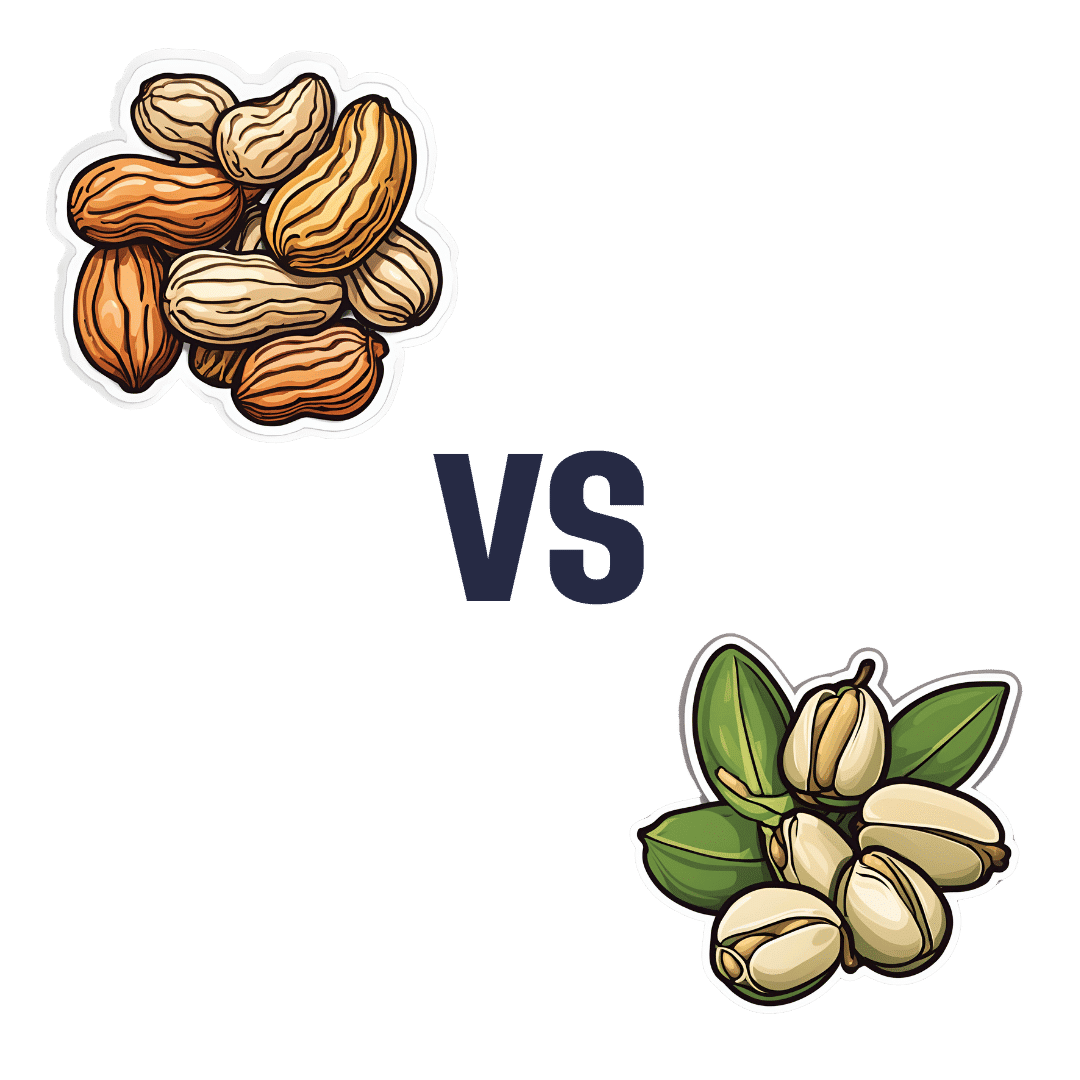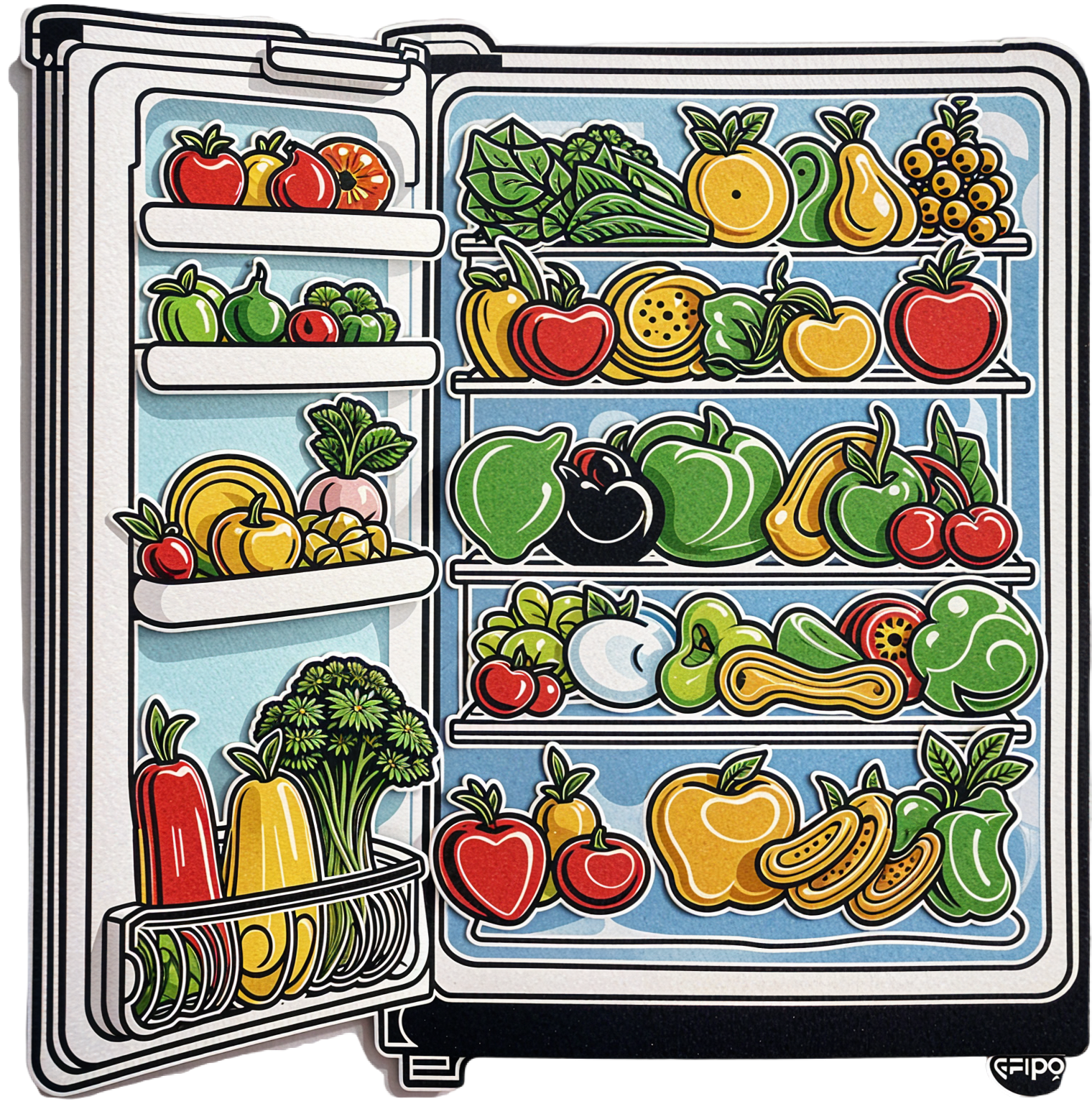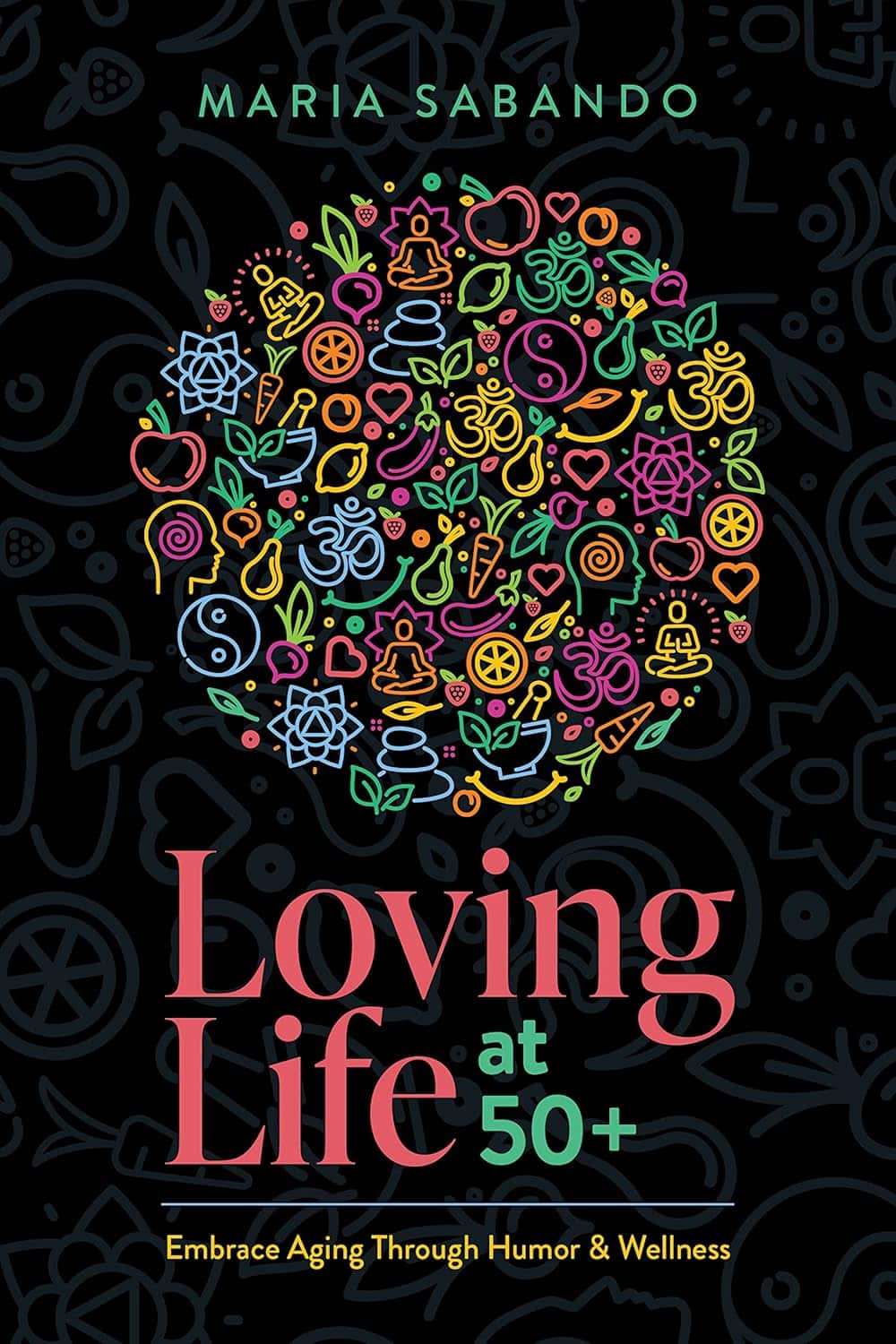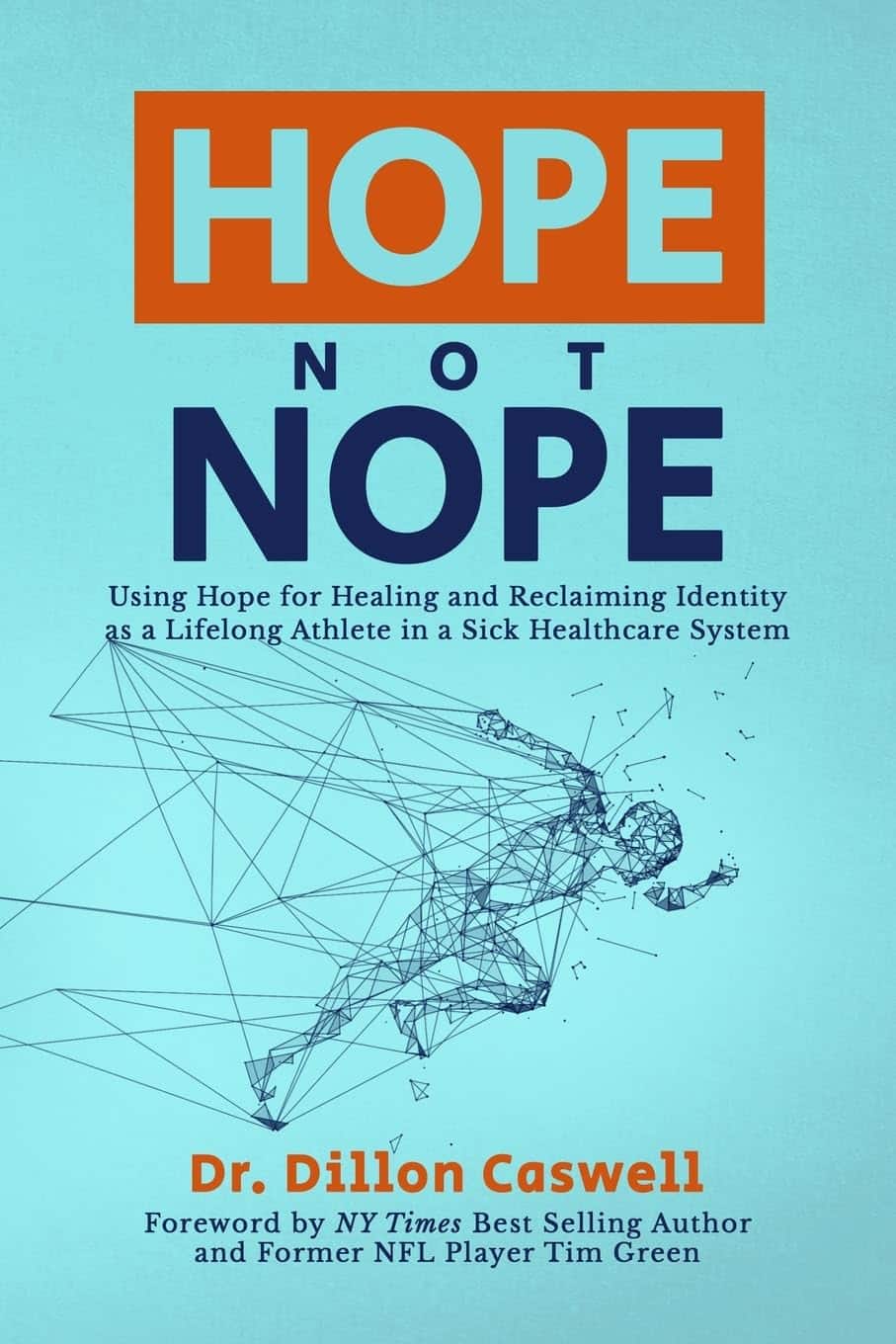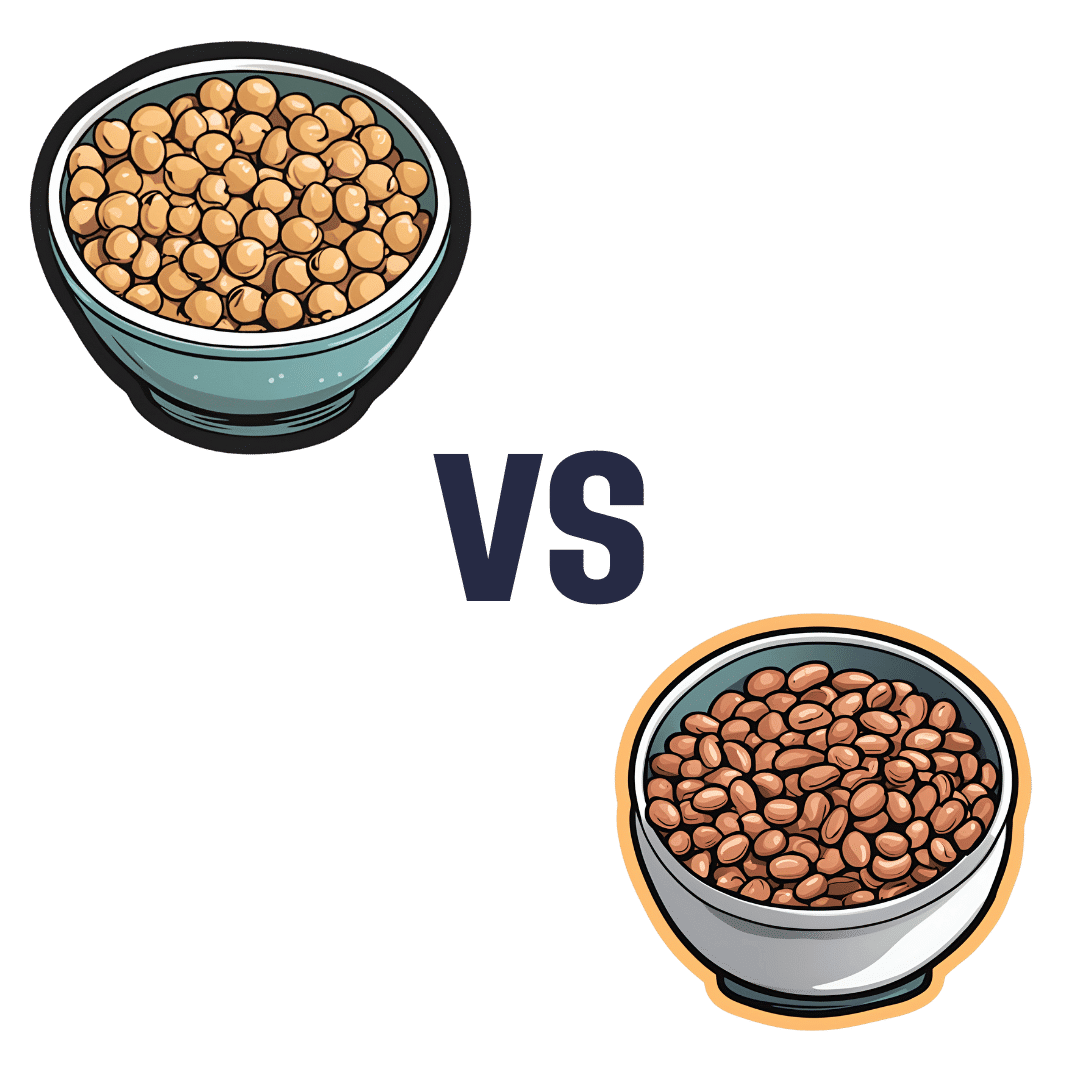
Chickpeas vs Pinto Beans – Which is Healthier?
10almonds is reader-supported. We may, at no cost to you, receive a portion of sales if you purchase a product through a link in this article.
Our Verdict
When comparing chickpeas to pinto beans, we picked the pinto beans.
Why?
Both are great! And an argument could be made for either…
In terms of macros, pinto beans have slightly more fiber and slightly more protein, while chickpeas have slightly more carbs, and thus predictably higher net carbs. In the category of those proteins, they both have a comparable spread of amino acods, with pinto beans having very slightly more of each amino acid. All this adds up to a clear, but moderate, win for pinto beans.
When it comes to vitamins, technically chickpeas have more of vitamins A, B3, B5, C, K, and choline, but the margins are so small as to be almost meaningless. Meanwhile, pinto beans have more of vitamins B1, B6, and E, and/but the only one where the margin is enough to really care about is vitamin E (a little over 2x what chickpeas have). So, an argument could be made either way, but we’re going to call this category a tie.
The story with minerals is similar; chickpeas have more copper, iron, manganese, phosphorus, and zinc, all with small margins, while pinto beans have more potassium and selenium, and/but also less sodium. We’d call this either a tie, or a very slight win for chickpeas.
Adding up the sections gives for a very modest win for pinto beans, but as we say, an argument could be made for either.
Certainly, enjoy both!
Want to learn more?
You might like to read:
- Chickpeas vs Black Beans – Which is Healthier?
- Kidney Beans vs Fava Beans – Which is Healthier?
- What Matters Most For Your Heart? Eat More (Of This) For Lower Blood Pressure
Take care!
Don’t Forget…
Did you arrive here from our newsletter? Don’t forget to return to the email to continue learning!
Recommended
Learn to Age Gracefully
Join the 98k+ American women taking control of their health & aging with our 100% free (and fun!) daily emails:
-
Peanuts vs Pistachios – Which is Healthier?
10almonds is reader-supported. We may, at no cost to you, receive a portion of sales if you purchase a product through a link in this article.
Our Verdict
When comparing peanuts to pistachios, we picked the peanuts.
Why?
The choice might be surprising; after all, peanuts are usually the cheapest and most readily available nuts, popularly associated with calories and not much else. However! This one was super-close, and peanuts won very marginally, as you’ll see.
In terms of macros, peanuts have slightly more protein and fats, while pistachios have slightly more fiber and nearly 2x the carbs. What we all as individuals might prioritize more there is subjective, but this could arguably be considered a tie. About the fiber and carbs: peanuts have the lower glycemic index, but not by much. And about those fats: yes, they are healthy, and the fat breakdown for each is almost identical: peanuts have 53% monounsaturated, 34% polyunsaturated, and 14% saturated, while pistachios have 53% monounsaturated, 33% polyunsaturated, and 14% saturated, while. Yes, that adds up to 101% in the case of peanuts, but that’s what happens with rounding things to integers. However, the point is clear: both of these nuts have almost identical fats.
In the category of vitamins, peanuts have more of vitamins B3, B5, B9, E, and choline, while pistachios have more of vitamins A, B1, B2, B6, and C. So, a 5:5 tie on vitamins.
When it comes to minerals, peanuts have more iron, magnesium, manganese, selenium, and zinc, while pistachios have more calcium, copper, phosphorus, and potassium, So, a marginal victory for peanuts (and yes, the margins of difference were similarly small in each case).
Adding up the tie, the other tie, and the marginal victory for peanuts, means a marginal victory for peanuts in total.
A quick note in closing though: this was comparing raw unsalted nuts in both cases, so do take that into account when buying nuts, and at the very least, skip the salted, unless you are deficient in sodium. Or if you’re using them for cooking, then buying salted nuts because they’re usually cheaper is fine; just soak and rinse them to remove the salt.
Want to learn more?
You might like:
Why You Should Diversify Your Nuts
Enjoy!
Share This Post
-
Fruit & Veg In The Fridge: Pros & Cons
10almonds is reader-supported. We may, at no cost to you, receive a portion of sales if you purchase a product through a link in this article.
It’s Q&A Day at 10almonds!
Have a question or a request? We love to hear from you!
In cases where we’ve already covered something, we might link to what we wrote before, but will always be happy to revisit any of our topics again in the future too—there’s always more to say!
As ever: if the question/request can be answered briefly, we’ll do it here in our Q&A Thursday edition. If not, we’ll make a main feature of it shortly afterwards!
So, no question/request too big or small
❝What effect does refrigeration have on the nutritional value of fruit and vegetables??❞
It’s difficult to give a single definitive answer, because naturally there are a lot of different fruits and vegetables, and a lot of different climates. The answer may be different for tomatoes in Alaska vs bananas in Arizona!
However, we can still generalize at least somewhat
Refrigeration will generally slow down any degradation process, and in the case of fruit and vegetables, that can mean slowing down their “ripening” too, as applicable.
However…
Refrigeration will also impede helpful bioactivity too, and that includes quite a list of things.
Here’s a good study that’s quite illustrative; we’d summarize the conclusions but the rather long title already does that nicely:
So, this really is a case of “there are pros and cons, but probably more cons on balance”.
In practical terms, a good take-away from this can be twofold:
- don’t keep fruit and veg in the fridge unless the ambient temperature really requires it
- if the ambient temperature does require it, it’s best to get the produce in fresh each day if that’s feasible, to minimize time spent in the fridge
An extra thing not included there: often when it comes to the spoilage of fruit and veg, the problem is that it respires and oxidizes; reducing the temperature does lower the rate of those, but often a far better way is to remove the oxygen. So for example, if you get carried away and chop too many carrot batons for your hummus night, then putting them in a sealed container can go a long way to keeping them fresh.
See also: How Does the Nutritional Value of Fruits and Vegetables Change Over Time?
Enjoy!
Share This Post
-
Loving Life at 50+ – by Maria Sabando
10almonds is reader-supported. We may, at no cost to you, receive a portion of sales if you purchase a product through a link in this article.
What a pleasant mix of a book! Sabando writes about aging with a great blend of light-heartedness and seriousness, and gives extra attention to the important balancing act of:
- Indulging sufficiently to enjoy life
- Staying well enough to enjoy life
…because one without the other will not generally result in an enjoyable life! An American proud of her Italian heritage, she blends (as many immigrant families do) cultures and perspectives, aiming where she can for “the best of both” in that regard, too.
Nor is this just a philosophical book—there’s yoga to be learned here, chapter by chapter, and recipes peppered throughout. The recipes, by the way, are simple and… Honestly, not as healthy as the recipes we share here at 10almonds, but they are good and when it comes to those indulgences we mentioned, her philosophy is that strategic mindful indulgence keeps mindless binge-eating at bay. Which is generally speaking not a bad approach, and is one we’ve written about before as well.
When it comes to health advice, the author is no doctor or scientist, but her husband (a doctor) had input throughout, keeping things on track and medically sound.
The style is very casual, like talking to a friend, which makes for a very easy and enjoyable read. Absolutely a book that one could read casually in the garden, put down when interrupted, pick up again, and continue happily where one left off.
Bottom line: whatever your age (no matter whether your 50th birthday is in your shrinkingly near future or your increasingly distant past), there’s wisdom to be gained here—it’s not a manual (unless you want to treat it as one), it’s more… Thought-provoking, from cover to cover. Highly recommendable.
Click here to check out Loving Life at 50+, and love life at 50+!
Share This Post
Related Posts
-
Hope Not Nope – by Dr. Dillon Caswell
10almonds is reader-supported. We may, at no cost to you, receive a portion of sales if you purchase a product through a link in this article.
The author a Doctor of Physical Therapy, writes from both professional expertise and personal experience, when it comes to the treatment of long term injury / disability / chronic illness.
His position here is that while suffering is unavoidable, we don’t have to suffer as much or as long as many might tell us. We can do things to crawl and claw our way to a better position, and we do not have to settle for any outcome we don’t want. That doesn’t mean there’s always a miracle cure—we don’t get to decide that—but we do get to decide whether we keep trying.
Dr. Caswell’s advice is based mostly in psychology—a lot of it in sports psychology, which is no surprise given his long history as an athlete as well as his medical career.
The style is very easy-reading, and a combination of explanation, illustrative (often funny) anecdotes, and a backbone of actual research to keep everything within the realms of science rather than mere wishful thinking—he strikes a good balance.
Bottom line: if your current health outlook is more of an uphill marathon, then this book can give you the tools to carry yourself through the healthcare system that’s been made for numbers, not people.
Don’t Forget…
Did you arrive here from our newsletter? Don’t forget to return to the email to continue learning!
Learn to Age Gracefully
Join the 98k+ American women taking control of their health & aging with our 100% free (and fun!) daily emails:
-
Immunity – by Dr. William Paul
10almonds is reader-supported. We may, at no cost to you, receive a portion of sales if you purchase a product through a link in this article.
This book gives a very person-centric (i.e., focuses on the contributions of named individuals) overview of advances in the field of immunology—up to its publication date in 2015. So, it’s not cutting edge, but it is very good at laying the groundwork for understanding more recent advances that occur as time goes by. After all, immunology is a field that never stands still.
We get a good grounding in how our immune system works (and how it doesn’t), the constant arms race between pathogens and immune responses, and the complexities of autoimmune disorders and—which is functionally in an overlapping category of disease—cancer. And, what advances we can expect soon to address those things.
Given the book was published 8 years ago, how did it measure up? Did we get those advances? Well, for the mostpart yes, we have! Some are still works in progress. But, we’ve also had obvious extra immunological threats in years since, which have also resulted in other advances along the way!
If the book has a downside, it’s that sometimes the author can be a little too person-centric. It’s engaging to focus on human characters, and helps us bring information to life; name-dropping to excess, along with awards won, can sometimes feel a little like the book was co-authored by Tahani Al-Jamil.
Nevertheless, it certainly does keep the book from getting too dry!
Bottom line: this book is a great overview of immunology and immunological research, for anyone who wants to understand these things better.
Click here to check out Immunity, and boost your knowledge of yours!
Don’t Forget…
Did you arrive here from our newsletter? Don’t forget to return to the email to continue learning!
Learn to Age Gracefully
Join the 98k+ American women taking control of their health & aging with our 100% free (and fun!) daily emails:
-
Healthy Heart, Healthy Brain – by Dr. Bradley Bale & Dr. Amy Doneen
10almonds is reader-supported. We may, at no cost to you, receive a portion of sales if you purchase a product through a link in this article.
We’ve often written that “what’s good for your heart is good for your brain”, because the former feeds the latter and takes away detritus. You cannot have a healthy brain without a healthy heart.
This book goes into that in more detail than we have ever had room to here! This follows from their previous book “Beat The Heart Attack Gene”, but we’re jumping in here because that book doesn’t really contain anything not also included in this one.
The idea is the same though: it is the authors’ opinion that far too many interventions are occurring far too late, and they want to “wake everyone up” (including their colleagues in the field) to encourage earlier (and broader!) testing.
Fun fact: that also reminded this reviewer that she had a pending invitation for blood tests to check these kinds of things—phlebotomy appointment now booked, yay!
True the spirit of such exhortation to early testing, this book does include diagnostic questionnaires, to help the reader know where we might be at. And, interestingly, while the in-book questionnaire format of “so many points for this answer, so many for that one”, etc is quite normal, what they do differently in the diagnostics is that in cases of having to answer “I don’t know”, it assigns the highest-risk point value, i.e. the test will err on the side of assume the worst, in the case of a reader not knowing, for example, what our triglycerides are like. Which, when one thinks about it, is probably a very sensible reasoning.
There’s a lot of advice about specific clinical diagnostic tools and things to ask for, and also things that may raise an alarm that most people might overlook (including doctors, especially if they are only looking for something else at the time).
You may be wondering: do they actually give advice on what to actually do to improve heart and brain health, or just how to be aware of potential problems? And the answer is that the latter is a route to the former, and yes they do offer comprehensive advice—well beyond “eat fiber and get some exercise”, and even down to the pros and cons of various supplements and medications. When it comes to treating a problem that has been identified, or warding off a risk that has been flagged, the advice is a personalized, tailored, approach. Obviously there’s a limit to how much they can do that in the book, but even so, we see a lot of “if this then that” pointers to optimize things along the way.
The style is… a little salesy for this reviewer’s tastes. That is to say, while it has a lot of information of serious value, it’s also quite padded with self-congratulatory anecdotes about the many occasions the authors have pulled a Dr. House and saved the day when everyone else was mystified or thought nothing was wrong, the wonders of their trademarked methodology, and a lot of hype for their own book, as in, the book that’s already in your hands. Without all this padding, the book could have been cut by perhaps a third, if not more. Still, none of that takes away from the valuable insights that are in the book too.
Bottom line: if you’d like to have a healthier heart and brain, and especially if you’d like to avoid diseases of those two rather important organs, then this book is a treasure trove of information.
Click here to check out Healthy Heart, Healthy Brain, and secure your good health now, for later!
Don’t Forget…
Did you arrive here from our newsletter? Don’t forget to return to the email to continue learning!
Learn to Age Gracefully
Join the 98k+ American women taking control of their health & aging with our 100% free (and fun!) daily emails:


